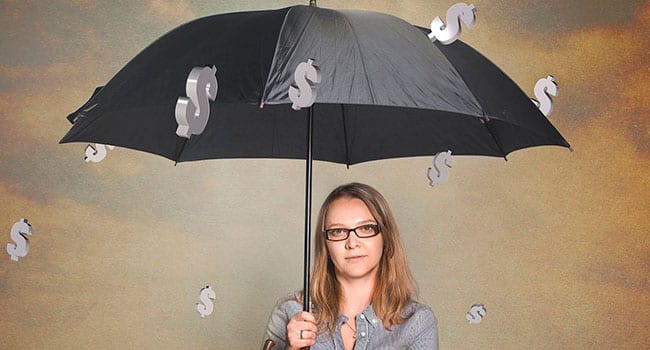By Jake Fuss
and Milagros Palacios
The Fraser Institute
With seemingly little regard for the consequences, the current federal government has increased spending throughout its mandate with no sign of change any time soon.

Jake Fuss
This spending trend has been a stark departure from promises made during the 2015 election campaign, when the Liberals pledged to run small deficits for three years before returning to a balanced budget in the final year of their term.
Instead, Prime Minister Justin Trudeau ramped up government program spending immediately after taking office. And spending has steadily increased by 25 per cent over the last four years, reaching $323.5 billion at the end of last fiscal year.
In fact, in 2018, federal government spending (adjusted for inflation) reached $8,869 per person – the highest level in Canadian history, including the 2009 recession and both world wars. And according to this year’s federal budget, the government could set a new per-person spending record, as program spending is projected to grow by 12.1 per cent by 2023-24.

Milagros
Palacios
Of course, all of this spending creates more red ink. Since the government took office in 2015, borrowing is expected to increase by $75.5 billion. The government expects to run a $19.8-billion deficit this year – officially killing the campaign promise to balance the budget by 2019-20.
Moreover, recent reporting shows federal finances in 2019-20 are off to an unfortunate start. For April and May – the first two months of the fiscal year – the deficit totalled $1.4 billion compared to a $3.2-billion surplus during the same period last fiscal year (which ended with a $14.9-billion deficit).
Why is this happening?
For April and May of this year, government revenues were up $2.3 billion over last year – but program spending increased by $6.3 billion. The growth in program spending outpaced growth in revenues by nearly three-to-one.
Clearly, the government enjoys spending every extra dollar it gains in revenue – and then some. But as the federal budget deficit grows each year, along with the federal debt and the burden on taxpayers, the government’s borrowing means each Canadian will accumulate $1,725 more in debt (adjusted for inflation) from the time Trudeau took office to the end of the current fiscal year. To pay for this rapid rise in public debt, future generations will face higher taxes.
Finally, the latest estimates from the Department of Finance suggest the budget will not be balanced until 2040. The debt burden on Canadian families will likely increase even more over the next two decades.
The government’s poor track record in managing Canada’s finances – during a period of economic growth, no less – underscores the importance of fiscal responsibility and the negative consequences associated with recent financial estimates.
If the federal government wants to turn things around for the benefit of all Canadians, it must better control spending, rein in debt and return to balanced budgets.
Jake Fuss and Milagros Palacios are economists at the Fraser Institute.
Jake and Milagros are Troy Media Thought Leaders. Why aren’t you?
The views, opinions and positions expressed by columnists and contributors are the author’s alone. They do not inherently or expressly reflect the views, opinions and/or positions of our publication.


